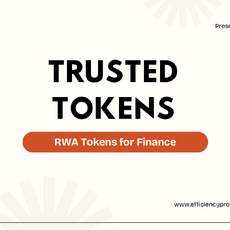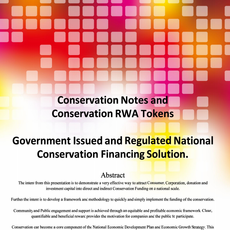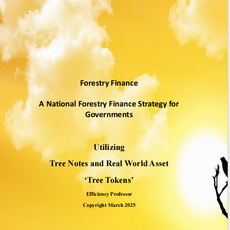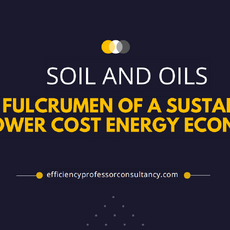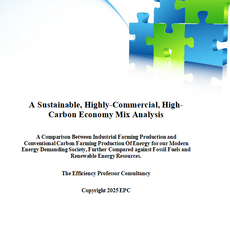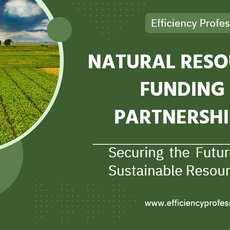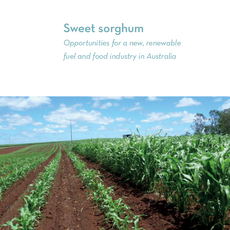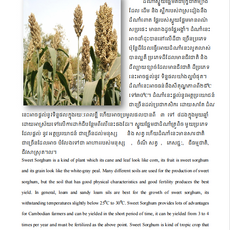White Papers
Herein follows a selection of our work in the form of White Papers and Business Papers.
- Right click and select Manage Gallery Image to change or delete images and edit the order that the images appear in.
- Select Gallery Settings to manage what style of gallery you would like.
- Select Edit Intro Text to change the text here.
Trusted Tokens
RWA Tokens are changing the world of finance, fast. Being Real World Assets with valuation, revenue or capital asset growth potential derived from accounting principles, the tokenization of these assets builds in liquidity, governance and compliance and a low entry point for investors. The Digital Exchanges for these tokens gives any project or company global distribution potential. The EPC recognizes the importance of this financing and that these assets and their businesses upon which future token value is predicated is fundamental to the future of these markets. As the CEO of Blackrock points out, verification and validation is essential to the quality of the token offering. EPC specializes in Government issued and Blue Chip Token projects.
Conservation Tokens
Fully funded, permanently financed, Government issued Conservation Finance Solution. This product allows Governments to value, monetize and effect real conservation of forests, oceans and everything in between. Conservation is now an asset, not a cost. It is verified, validated and implemented by the highest authority in that nation, the Government, for and on behalf of the People. For the financier, the 200% accounting advantage is immediate, the effectiveness is comprehensive and the value and even revenue converts what was a cost into a profit and definitive, quantified permanent conservation outcomes that is equitable and benefitting to all parties, equitably.
Forestry Tokens
Tokenization of a national forestry plan utilizing proprietary forestry notes issued by Governments resolves many of the barriers to entry for investors into forestry. Liquidity is created by the tokens, security for the investment capital is realized through a clever annuity structure with the forestry benefitting from proper financing to allow full-term forestry management. Evolve this simple unitized strategy into a national forestry plan allows Governments to now finance their national forestry resources development, provide farmers with long term revenue and provide a safe, liquid, lucrative investment opportunity which has historically returned double digit returns.
Soils and Oils - The Key to a Sustainable Economy
Carbon is soil commercial productivity and health and so much more. Carbon develops the soil mechanically, reducing compaction, allowing air and water to permeate and percolate. Carbon also holds water, 6 times its weight in fact. More carbon, more water, more crop health and more capability to manage climate change. Carbon is also the nutrition of plants through the bacteria and fungi, worms and multitude of organisms within soils which process (eat and excrete) this carbon into plant accessible nutrition. Without carbon, soils, with or without chemicals, will not work! Now grow your energy on this high-carbon, low-risk, cost-controlled, local, decentralized and standardized production platform and you have cheaper energy than fossil fuels. The real opportunity for the energy markets and energy trading is here.
Energy Mix Analysis
A comparison between industrial low-carbon farming costs and market competitiveness to produce energy compared to Conventional Carbon Farming (high-carbon) methods and renewable alternatives to fossil fuel baseline values and costs. The conclusion in regard to energy costs, energy security, the types of farming methods and their commercial outcomes and the conclusion for the future of the energy markets is considerable.
Natural Resources Partnerships
Creating a workable commercial framework that is equitable and safe for investment and implementation is not easy. However the Oil and Gas industry have utilized such a structure for decades, the Back End Working Interest Agreement or BEWI. Three parties, the land, the financier and the technical operator all collaborate to make a successful project from an agreed budget and simply share the profit after all costs. We have simply taken this format and extrapolated into a partnership with Governments to produce carbon-negative energy, food and resources. Here is that framework. All of the financial projections relate to our Sorghum genetics which produce all forms of energy comparable to fossil fuels, but cheaper, carbon-negative and sustainable. The perfect partnership starting point in fact.....
Queensland University Sweet Sorghum Trials
An Australian Government-funded trial of our Sorghum genetics with all the relevant technologies to produce all comparable forms of fossil fuel energy from grown resources. These are made on our high-carbon soils which results in low-cost, localized, decentralized, carbon-negative and reliable volumes of biomass resourced energy ideal for sustainable aviation fuels, sustainable shipping and transport fuels, compliant with the EU RED and 25% below fossil fuel market prices at the pump. Build the capacity with us through the Natural Resources Partnership. This crop and our soils makes an ideal, soft-transitional trajectory for fossil fuel companies and traders who want to own the resource, deliver on the sustainable and carbon messaging, profit from the price and blend with their current fossil fuel reserves to deliver a long-term shareholder strategy that enhances shareholder value in these difficult emissions and environmental production conditions.
Asian Trials
We conducted our own Sweet Sorghum Trials in Cambodia, the Philippines and Thailand. This is the data from the Cambodian Trials. Utilizing Conventional Carbon Farming methods, the under-resourced Cambodian farmers delivered considerable volumes and very high quality outcomes. The data details this. The conclusion is that the Tropical Sorghum Strain will produce 150 tonnes of biomass per hectare per year from two harvests while the temperate will produce around 100 tonnes based on high-carbon soil fertilization. This amounts to very high high, farm exit values for farms.

